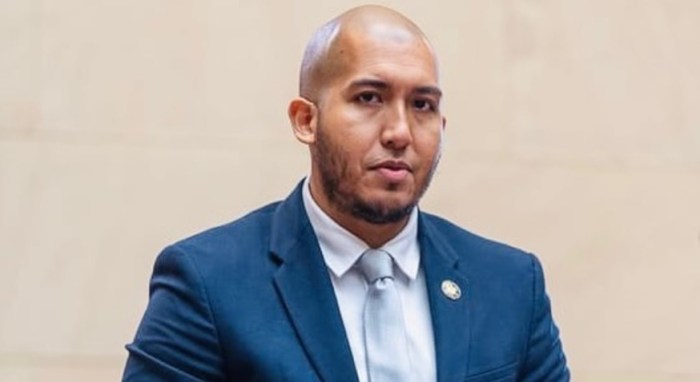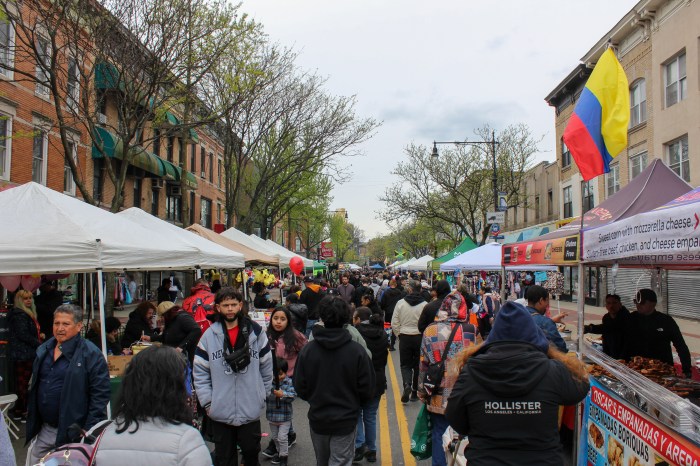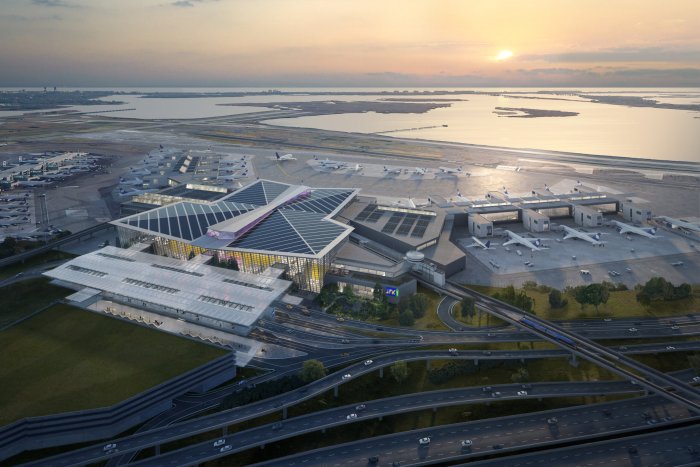By Phil Corso
For years drivers would wait in line to make a left turn at the intersection of Northern Boulevard and Marathon Parkway, usually lucky to go more than one car at a time. The traffic would pile up along Northern Boulevard, making rush hour on the road more congested.
But thanks to a nearby resident who decided enough was enough, the city Department of Transportation agreed to install left turn signals for the busy intersection, with help from City Councilman Dan Halloran (R-Whitestone).
In a statement sent on Friday, Halloran said he worked with the DOT to make the intersection a safer and less hectic spot in the neighborhood.
“This one seemed like a no-brainer,” Halloran said. “There’s a supermarket, Long Island Rail Road station and two schools within walking distance,” including the Universal Pre-Kindergarten at the Community Church of Little Neck and the C.C.B. School of Douglaston.
Though the process took nearly two years from the first constituent complaint, Halloran said he worked with Community Board 11 and DOT Queens Commissioner Maura McCarthy to fix the busy intersection.
“Every day, hundreds of cars make left turns there and until today, it was only one or two at a time,” Halloran said.
In October 2010, Halloran said he received a complaint from a nearby constituent asking if left turn signals could be installed. Although it took about 22 months, the problem was finally resolved with Halloran’s help, CB 11 said.
To explain the many months it took to find results, a spokesman from Halloran’s office said the lawmaker exchanged several letters with the DOT before the agency agreed to conduct a study on the intersection in February 2011. From that point, the DOT had to go through all the appropriate channels to install the light.
“I want to thank DOT Commissioner Maura McCarthy and Community Board 11 for making our lives a little safer by seeing this idea through to completion,” Halloran said.
According to the DOT, the installation of a traffic signal involves a detailed process known as an intersection control study to find if a new sign would be appropriate for the spot. The multi-step process, the DOT said, involved checking agency records, examining the surrounding terrain, an analysis of current conditions at the location and manual counts of the number of vehicles and pedestrians at the intersection.
“It’s just another example of common sense leading to a good result,” Halloran said. “I’m glad I could help get it done.”
Reach reporter Phil Corso by e-mail at pcorso@cnglocal.com or by phone at 718-260-4573.


































